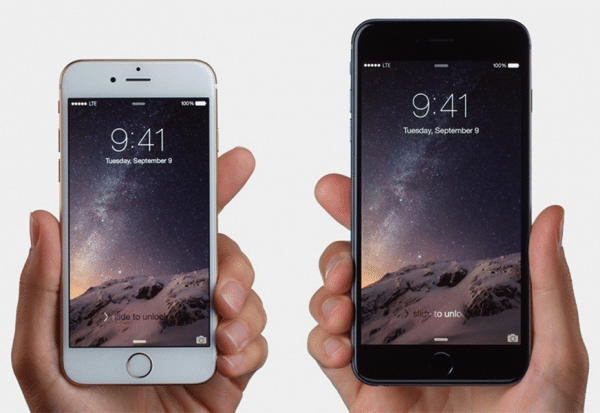
Mobile Commerce and Why Consumers Aren’t Buying It
Smartphone usage is becoming a nearly universal part of modern life, but mobile commerce – although growing – is far from ubiquitous. It’s been reported that it still only comprises less than seven-tenths of a percent of U.S. retail sales. Consumers are overwhelmingly using their smartphones to search and shop – but almost eight years after the introduction of the iPhone, consumers are still reluctant to make mobile purchases or use their phones to make payments.
Like most things related to technology, Millennials are leading the way in smartphone adoption rates. According to Nielsen, 71 percent of all consumers now have a smartphone, and a whopping 85 percent of Millennial consumers carry one. Not only do almost three out of four Americans own a smartphone, they use them avidly – spending an average of 151 minutes per day with their heads looking down at their palms (that’s over 38 days a year!).
Smartphones are an omnipresent part of our lives; however, consumer purchase habits have been slow to adapt to mobile commerce. Placeable recently conducted a survey of over 1,000 U.S. consumers and found that almost half of the respondents have never purchased anything on their mobile phones. Furthermore, despite the hype, more than 9 out of 10 consumers don’t use mobile payment options like Apple Pay and Google Wallet despite availability.
Interestingly, during the busy 2014 holiday shopping season, mobile devices accounted for 45 percent of all web traffic. According to Placeable’s research, six out of ten consumers report using their phones to find products to buy online and in-store. Additionally, more than 40 percent of all search engine visits now come from mobile devices. So why aren’t the hours spent searching and shopping translating into mobile commerce transactions?
The fact that 42 percent of consumers have never made a purchase using their smartphone has left retailers scratching their heads wondering how to convert an enormous audience of devoted smartphone users from browsers to purchasers. What can brands do to boost their success with mobile and engage reluctant consumers more successfully? Placeable has identified three essential tactics that retailers must implement to support their overall mobile strategy and stimulate mobile commerce and mobile-influenced sales.
FIRST…
Retailers must be sure to optimize their web presence for smartphone users. Buying on a mobile device needs to be a simple and easy process for shoppers. Research has shown that 30 percent of mobile shoppers will abandon a transaction if the experience is not mobile optimized. Accordingly, retailers must, at the very least, start with mobile optimization.
SECOND…
Special discounts, promotions and loyalty programs have proven to help convince shoppers to try a mobile wallet. Despite the slow adoption of mobile commerce, nearly 70 percent of consumers say they trust mobile payments – however, they have not yet seen a reason to use them. Mobile wallets and mobile payments generate smart digital marketing and customer data that retailers can leverage to drive additional sales. Therefore, retailers should concentrate on stimulating adoption by consumers with compelling reasons to try mobile payments.
THIRD…
Retailers must have mobile-optimized store locators. This is not the same as a mobile-optimized web site. We know that a vast number of consumers are using their smartphones to search for stores and products. In spite of this, 36 percent of national brands lack a mobile locator – making it more difficult than necessary for shoppers to find and navigate to a store. Ironically, Placeable research demonstrates that as much as a third of consumers end up making an online purchase after searching for a physical store location. Building a bridge from location searches to an ecommerce sale is not a significant stretch. An optimal customer experience is crucial.
Consumers may be on the verge of a profound shift in mobile commerce habits, and retailers that assume control over mobile browsing and consumer search habits will be well positioned to influence when and where purchases take place. Placeable research has demonstrated that a poor consumer experience can result in as much as sixty percent of shoppers looking for a retail location going elsewhere as a result of a poor search result experience. So we know brand loyalty is no longer strong these days. Therefore, the mobile purchase process must be as seamless as possible to ensure that the fickle consumer capable of concluding a mobile search with a mobile transaction does so – especially as this behavior becomes more prevalent. Billions of dollars in mobile commerce revenue is at stake. Will you take your share?
Contributed by Ari Kaufman, Chief Executive Officer of Placeable. Placeable enables enterprise advertisers to drive brand equity and market growth by unlocking the power of their local market reach. Placeable manages millions of locations for some of the world’s largest brands including Bank of America, Western Union, and Nationwide Insurance. They help to empower enterprise advertisers to compete on a local level with increased foot traffic and improved sales conversion rates. Learn more at Placeable.com.














